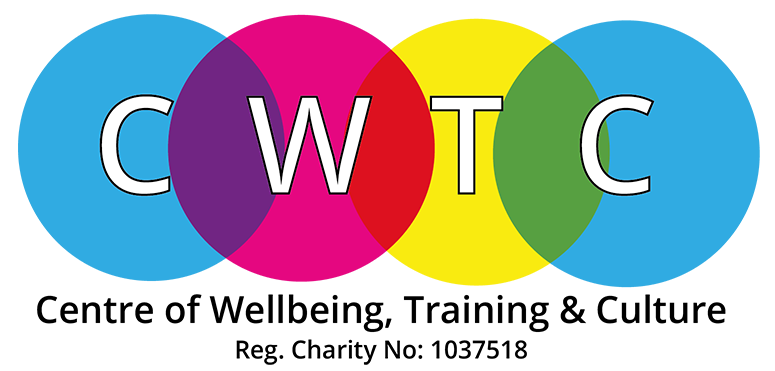Problem Solving

Analytical thinking involves the systematic examination of a problem or situation, breaking it down into smaller components to understand its underlying causes and dynamics.
Effective decision-making skills are essential for choosing the best course of action among various alternatives. It involves evaluating options based on factors such as risks, benefits, costs, and consequences, and making decisions that align with overarching goals and priorities.

Collaboration
- Working with people with different expertise, experiences and skills can help solve a problem.
- Everyone should be able to show their ideas without judgement.
- Using a clear voice helps others to understand a person’s ideas. Someone may disagree with the “best solution” but talking it out can provide a solution which works for everyone.
- Technology can be used to communicate and work together from long distances. Learning from each other can help everyone to come together with a solution.
Adapting
Problem-solving with adaptability means being flexible and open-minded, ready to try new approaches if things don’t go as planned. It involves staying calm, learning from mistakes, and being resourceful with the available tools and ideas. Adaptable problem-solvers consider different perspectives, adjust quickly to changes, and see challenges as opportunities for growth. They’re patient and persistent, willing to keep working until they find the best solution.
- Building Upon
Problem-solving with building upon involves continuously improving solutions by refining existing ideas and incorporating new ones. It’s about iterative progress, welcoming feedback, and integrating various perspectives to create stronger solutions. This approach requires adaptability, continuous learning, and a long-term vision for improvement. Collaborative effort and persistence are key as problem solvers work together to overcome challenges and innovate.
Stay Connected with Us on Social Media
Youtube
Discover More Blogs
Like what you read? Explore more blogs on the CWTC Website

Recent Comments